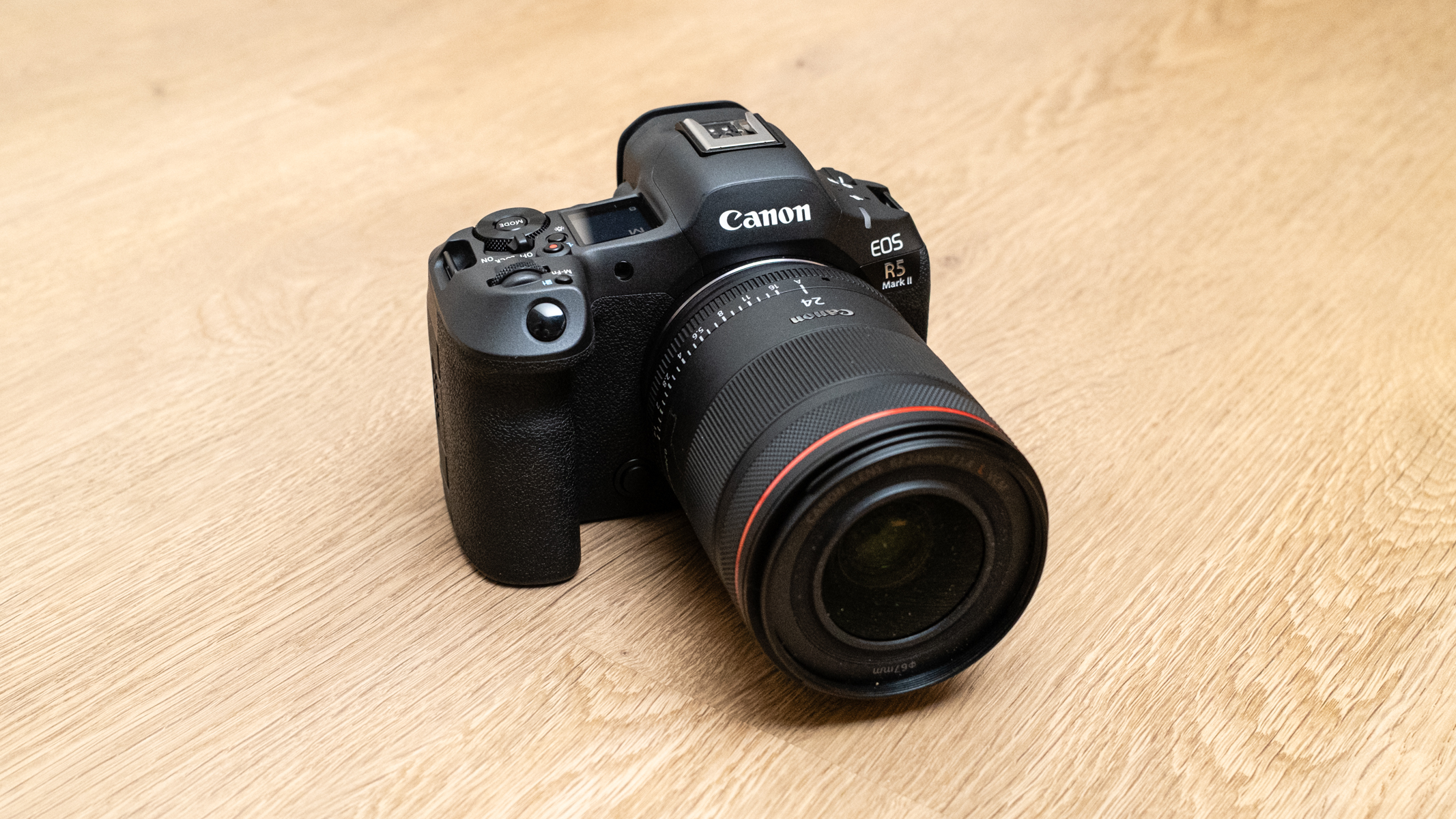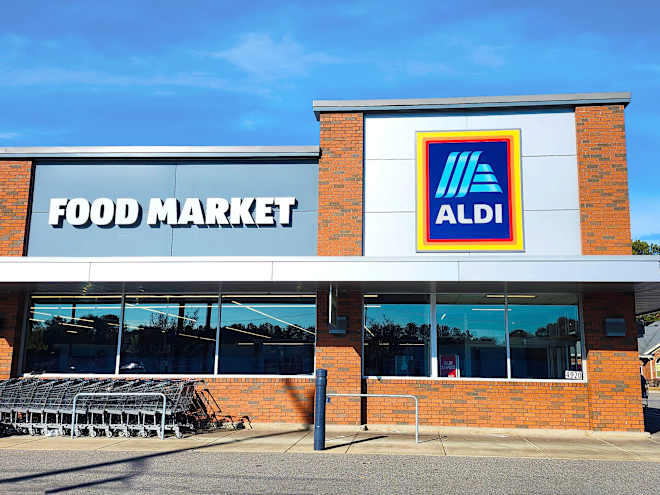Adobe Content Authenticity app is designed to empower creators and protect their work
Promotion: Adobe Content Authenticity is a free application designed to enable creators to get recognition for their work, better connect with their audiences and signal if they don't want their content used to train AI models. The innovation means that digital creators are now being given "attribution power that they've lacked for years" by a The post Adobe Content Authenticity app is designed to empower creators and protect their work appeared first on Dezeen.


Promotion: Adobe Content Authenticity is a free application designed to enable creators to get recognition for their work, better connect with their audiences and signal if they don't want their content used to train AI models.
The innovation means that digital creators are now being given "attribution power that they've lacked for years" by a new online tool, explained Andy Parsons, who leads Adobe's efforts to create a more transparent digital ecosystem through tools such as Adobe Content Authenticity.
Launched recently as a public beta, Adobe Content Authenticity is a free app that gives creators the ability to easily add the equivalent of a digital signature to their work. It shows who made it, when and using what tools, as well as signals their preference for their work not to be used to train AI models.

The application enables creators to be discovered
Adobe explained that its app also enables creators to be discovered and set boundaries on how their work is used.
This signature isn't limited to Adobe's platforms; it is an implementation of an industry standard that is being promoted by the Content Authenticity Initiative, a 4,500-strong coalition of members, including companies like Adobe, Microsoft, NVIDIA, LinkedIn, TikTok and the BBC.
This standard is known as Content Credentials, and the goal is that it becomes ubiquitous across the digital realm, allowing consumers to know the provenance of the digital content they are seeing online, while assuring creators that their attribution will be attached to their work forever.

Generative AI has increased the need for Content Credentials
Parsons, who has been leading the development of Adobe Content Authenticity as the company's senior director of Content Authenticity, said that the need for Content Credentials has increased since the arrival of generative AI.
"It's now very difficult or impossible to take two photographs side by side and say this one's real and this one is synthetic," said Parsons.
At the same time, Adobe had long been looking for a solution to provide protections for artists and creators, who frequently see their work shared online without attribution.
"We hear loud and clear from Adobe creators that there hasn't been a robust, standard, open way that's not proprietary for them to sign their work and get attribution for it," Parsons continued, explaining that the ability to be recognised as a creator could help people land new opportunities and enforce their legal rights.
"We support generative AI – we think it's a great enhancement to creativity – but want to make sure that creators are protected and that the human element of creativity, human ingenuity, is not left behind in any way."

Adobe Content Authenticity is open to all
Anyone already using Adobe's products can add Content Credentials from within apps like Photoshop, Lightroom and more, but Adobe Content Authenticity can be used by anyone over the web and even if the work wasn't created using Adobe software.
The application allows users to add information, including their verified identity powered by Verified on LinkedIn, social media handles and AI training preferences, all of which can be batch-applied to up to 50 images at a time.
Once you click "apply", Content Credentials are embedded in the image in the form of both secure metadata and a watermark, invisible to the naked eye, which means the Content Credential survives even if they are stripped by a different platform or a screenshot is made.

Content Credentials are "tamper-evident"
Parsons said that the Content Credentials metadata is tamper-evident and is secured using public-key cryptography, which Parsons says was chosen because it is "decades-old" and so "proven in the wild". It is the same technology used to safeguard your biometrics on your phone or your financial instruments, Parsons explained.
On platforms that support displaying Content Credentials, users will see a pin in the corner of an image with the full "nutrition label" displaying the metadata when it's clicked.
Adobe explained that not all platforms support displaying Content Credentials yet, and to view them, users can download a browser extension that acts like a decoder ring online. However, the goal is that an extension won't be required for long.
"[The goal is that you will be] seeing Content Credentials ubiquitously across the web, in your browser, in operating systems, on your camera," said Parsons.
"We want it to be something as ubiquitous and recognisable as the copyright symbol to support creators and to support trust signals for any information consumer," he continued. "It's in the spirit of providing creators the attribution power that they've lacked for many years, and we're excited about where this goes from here."

The app can signal that creators don't want their content used for AI training
Parsons explained that creators using the Adobe Content Authenticity app can signal to other generative AI models that they don't want their content used for training.
When it comes to AI, there is no guarantee that third-party developers will heed the preferences recorded in Content Credentials, but Adobe hopes that doing so will become a part of digital culture and set a foundation for creator control.
The company says that it developed its own family of generative AI models, Adobe Firefly, which launched in 2023, with the "most creator-friendly approach in the industry". It uses only licensed content and public domain content where copyright has expired in its training data.
This is better not just for content creators but for Firefly users, said Adobe, which includes companies that need to use the AI-generated images commercially.
"This approach ensures that its model remains commercially safe, even amid an evolving legal landscape," said Adobe.
Parsons says that giving creators the ability to control how their work is used and whether they want their content to train AI models is a powerful step in protecting creators' work.
The app not only shifts power into creators' hands but also protects human creativity and ensures that, despite the rise in AI, creators can keep on creating work in a supportive online space.
To use the Adobe Content Authenticity app and get more information, visit its website.
Partnership content
This article was written by Dezeen for Adobe as part of a partnership. Find out more about Dezeen partnership content here.
The post Adobe Content Authenticity app is designed to empower creators and protect their work appeared first on Dezeen.











![[DEALS] The 2025 Ultimate GenAI Masterclass Bundle (87% off) & Other Deals Up To 98% Off – Offers End Soon!](https://www.javacodegeeks.com/wp-content/uploads/2012/12/jcg-logo.jpg)







-Olekcii_Mach_Alamy.jpg?width=1280&auto=webp&quality=80&disable=upscale#)




















![Air Traffic Controller Claps Back At United CEO Scott Kirby: ‘You’re The Problem At Newark’ [Roundup]](https://viewfromthewing.com/wp-content/uploads/2025/05/scott-kirby-on-stage.jpg?#)


































